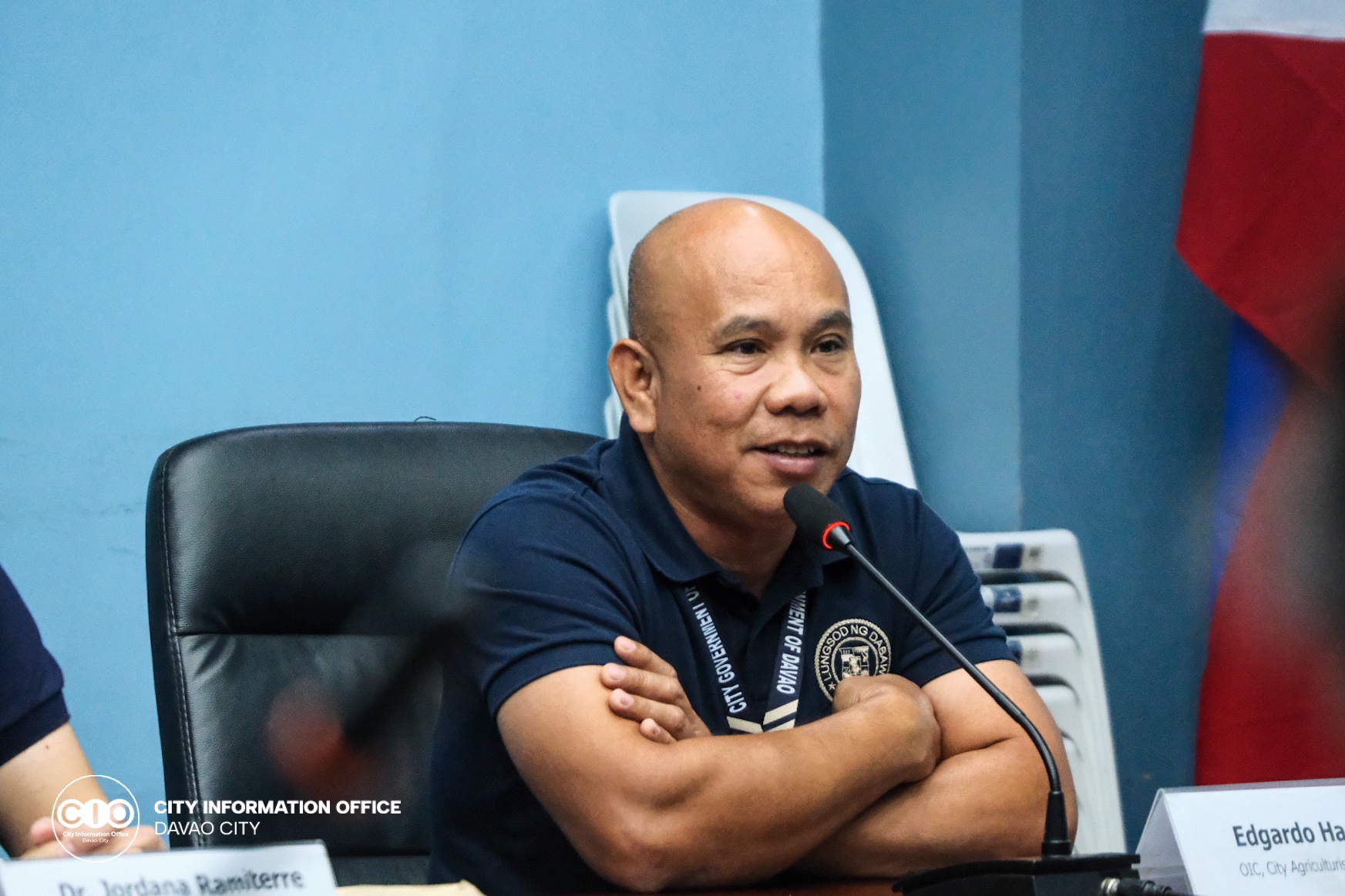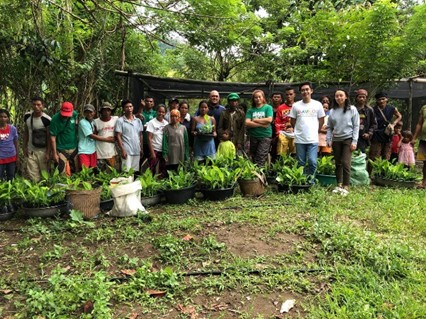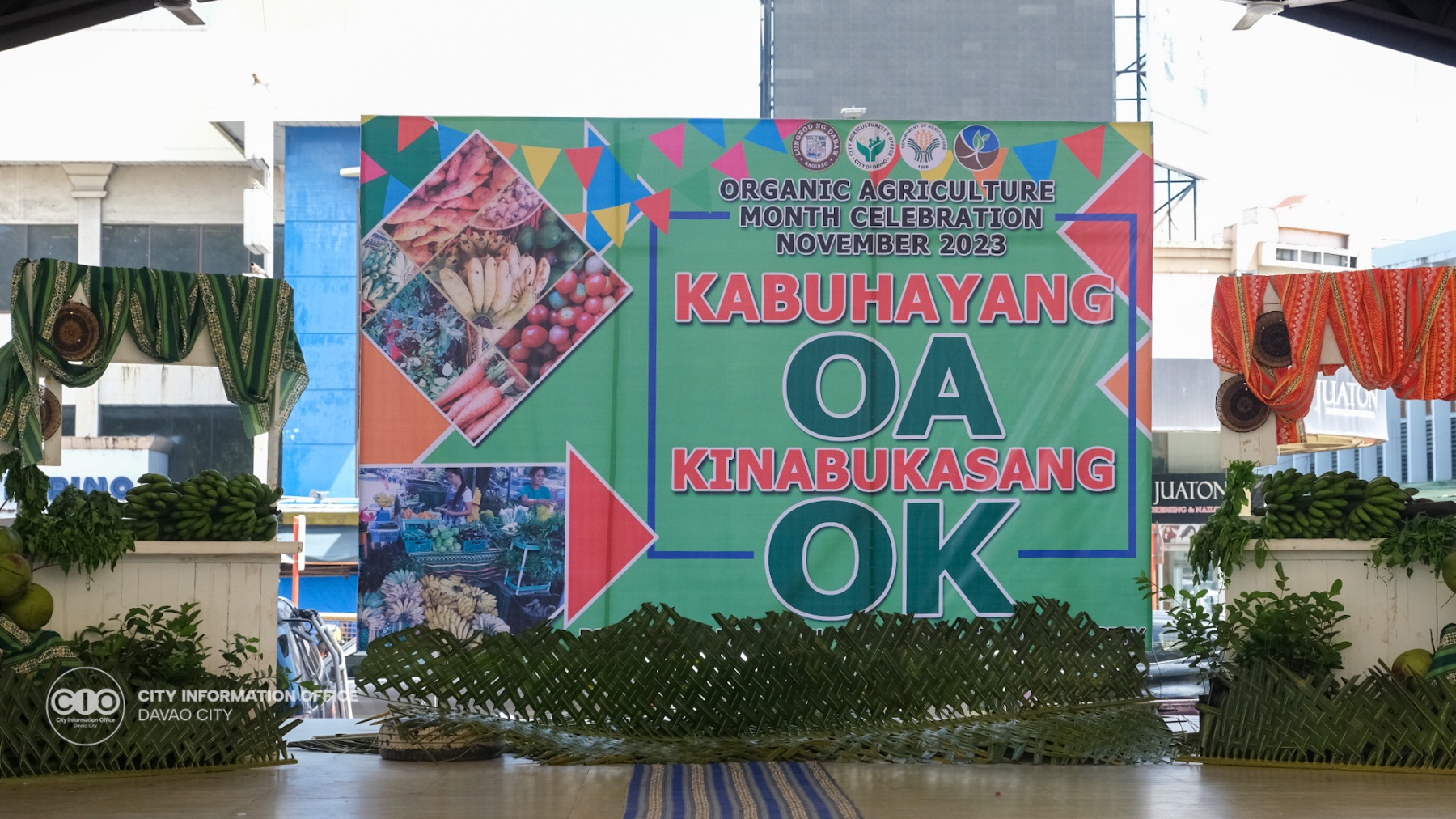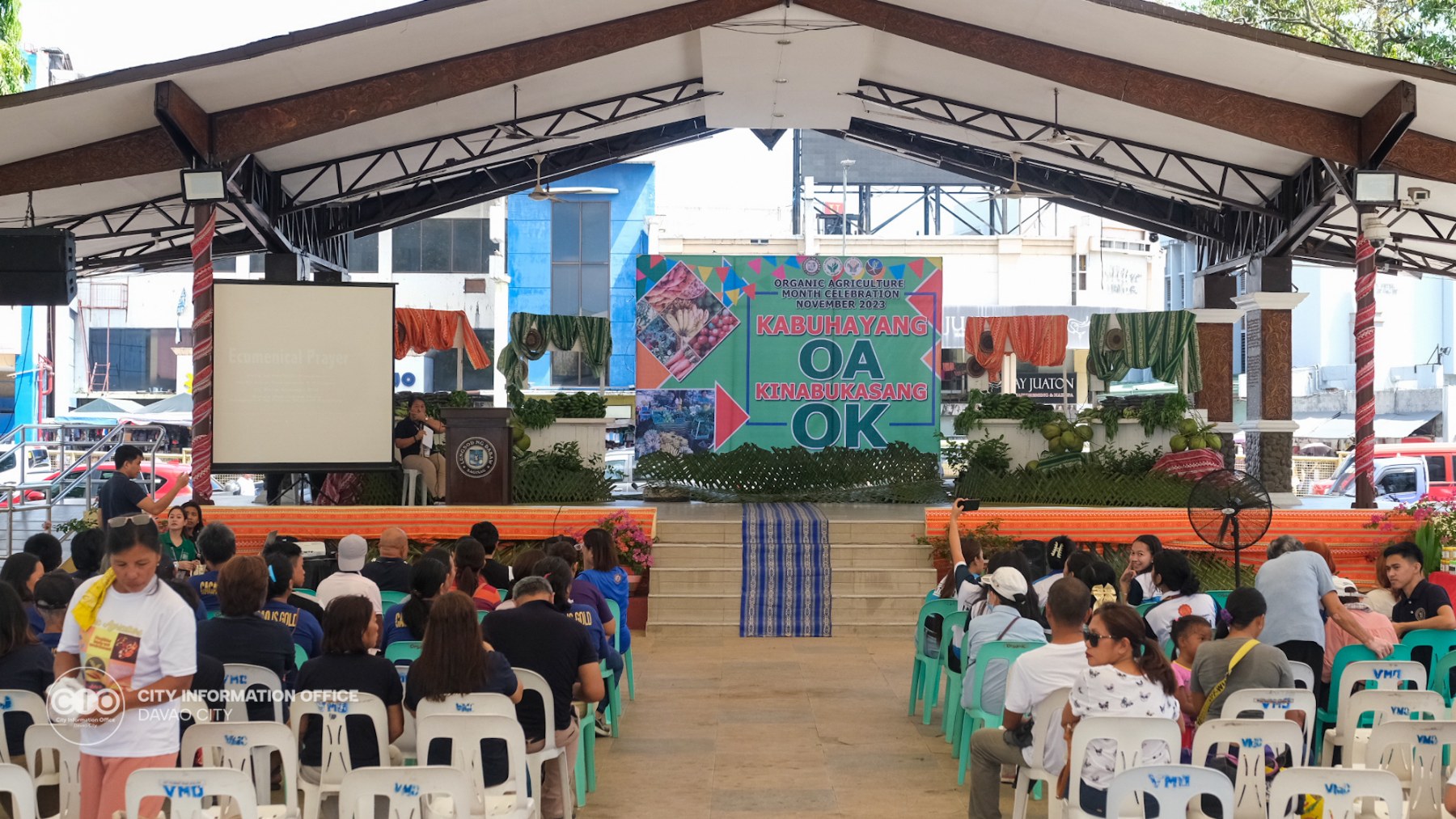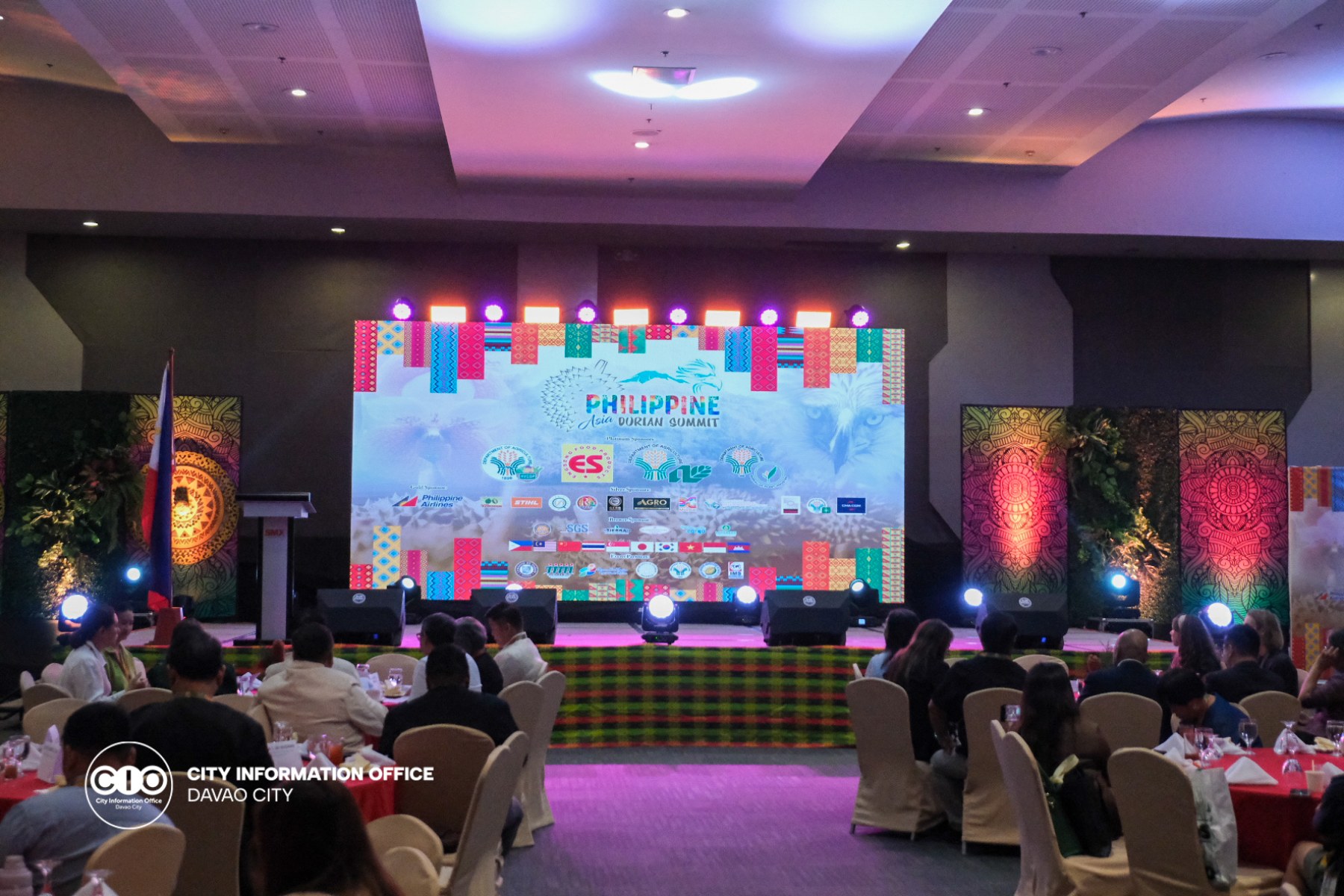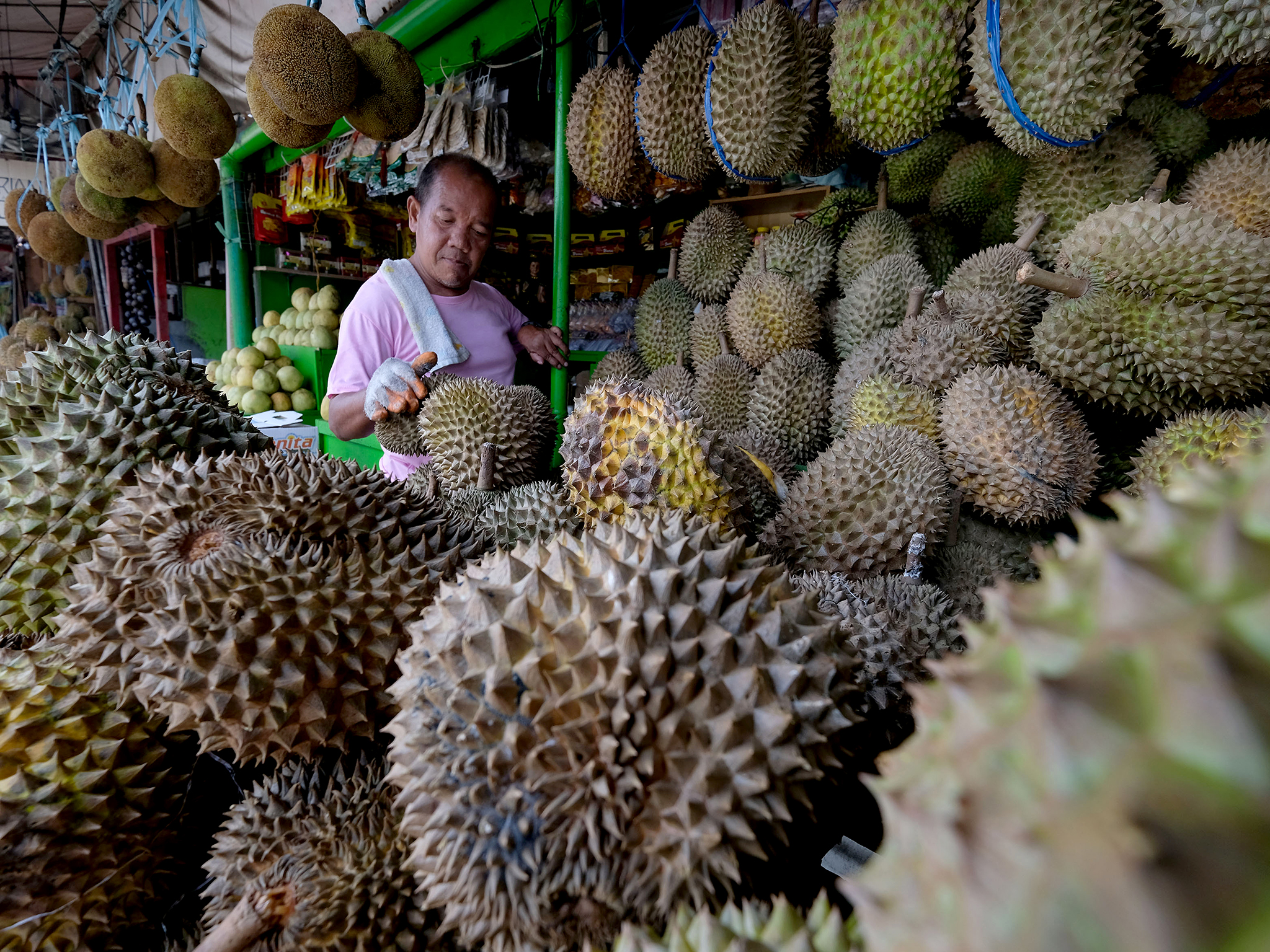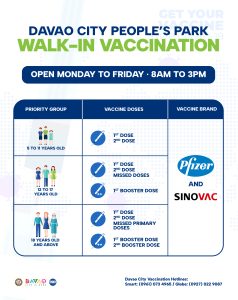The Davao City Agriculturist’s Office (CAgrO) bared that 13 barangays in the agricultural districts of Marilog and Paquibato will be the focus of the local government’s measures in preparation for the forecasted El Niño season.
The dry season is expected to last from the last quarter of this year to the first quarter of 2024, endangering the supply of food crops as the risk of pestilence and plant diseases are expected to become more prevalent.
CAgrO Head Edgardo Haspe, during the I-Speak media forum on Thursday, said that aside from the inventory and assessment of irrigation facilities, the CAgrO is also mapping out the most vulnerable areas in the city’s agricultural lands.
“The very vulnerable districts are Marilog and Paquibato kay naa man didto atoang mga cash crop (because that is where our cash crops are planted) which is very vulnerable to the negative impact of El Niño,” Haspe said.
Davao City’s most profitable agricultural products or “cash crops” such as rice, corn, and various vegetables are largely produced in Paquibato and Marilog. These crops, said Haspe, need a large amount of water to thrive.
These districts and other areas to be identified as vulnerable to the effects of the dry season will be prioritized in terms of quick response measures from the CAgrO. One such measure is the lending of water pumps and power sprayer free of charge.
Haspe said the city has 60 water pumps and 72 power sprayers. This equipment will be lent to farmers upon request by the farmers themselves, their association, or their barangay.
Out of the city’s Quick Response Fund, more assistance will be given to the farmers who will be affected by the dry spell.
Haspe added that the local government has also conferred with the Department of Agriculture (DA), the National Irrigation Administration (NIA), and the Philippine Crop Insurance Corporation (PCIC) to have Davao City food growers insured. He said that enrolment to the PCIC is still ongoing and will last up until the dry spell commences.
“We also coordinated with different government agencies like the DA, the NEA, and the PCIC for the enrolment for insurance coverage of our farmers and fisherfolk. Naa mi’y agreement na kung naa na gyud ta sa El Niño, kung nagsugod na gyud, dili na man gyud na sila mudawat og enrollment but right now wala pa man gyud. In fact, nagabaha pa man sa other areas sa city so pwede pa gyud sila mudawat og enrolment for the crop insurance (We have an agreement that when the El Niño begins, if it has actually started they will no longer accept enrollments, but right now it has not. In fact, other areas in the city are still being flooded, so they can still accept enrollments to the crop insurance),” Haspe said.
To make sure that the crop and non-crop assets of food growers in the city will be covered by insurance before the dry season starts, CAgrO continues to coordinate with the Barangay and Cultural Communities Affairs Division and City Social Welfare and Development Office to come up with an updated masterlist of all farmers and fisherfolk in the city. CIO

